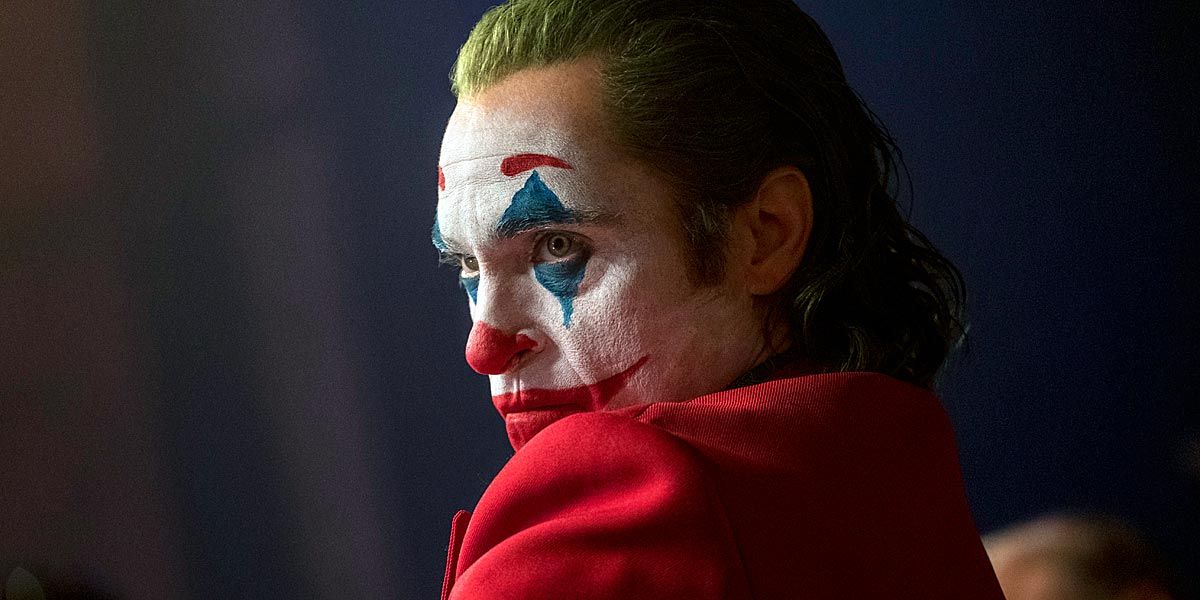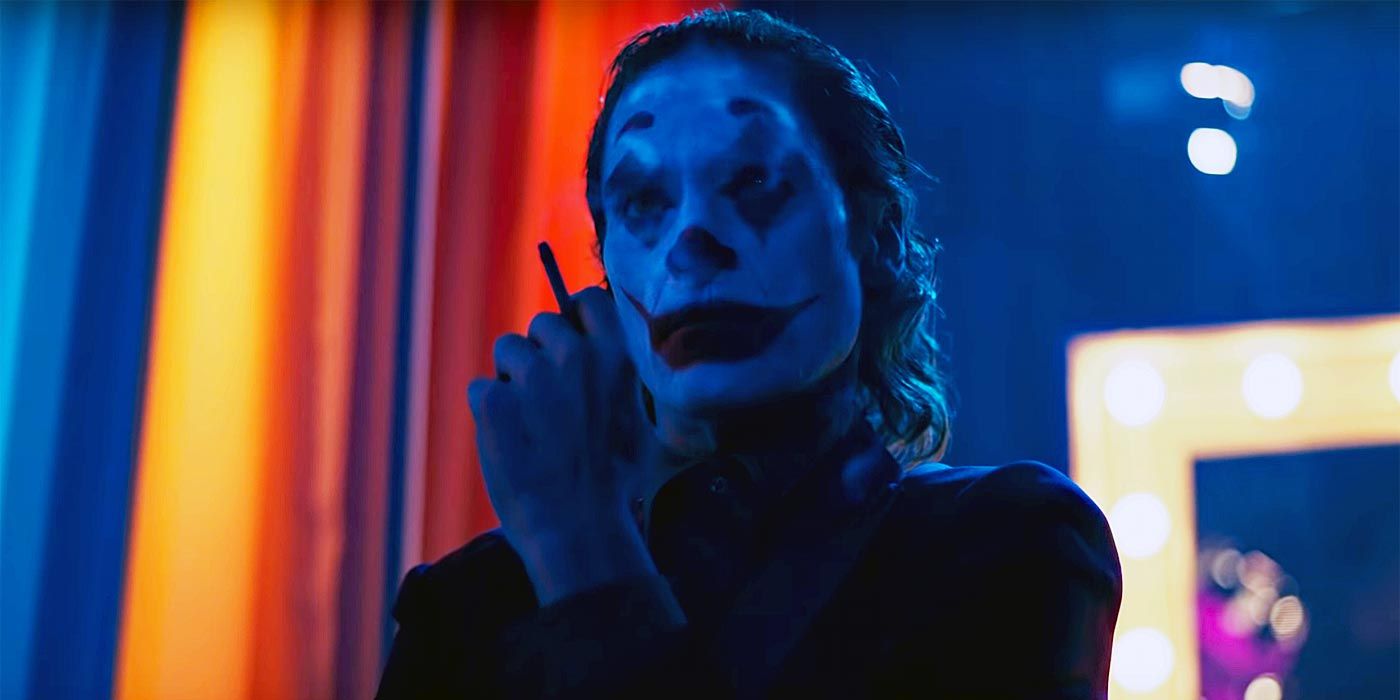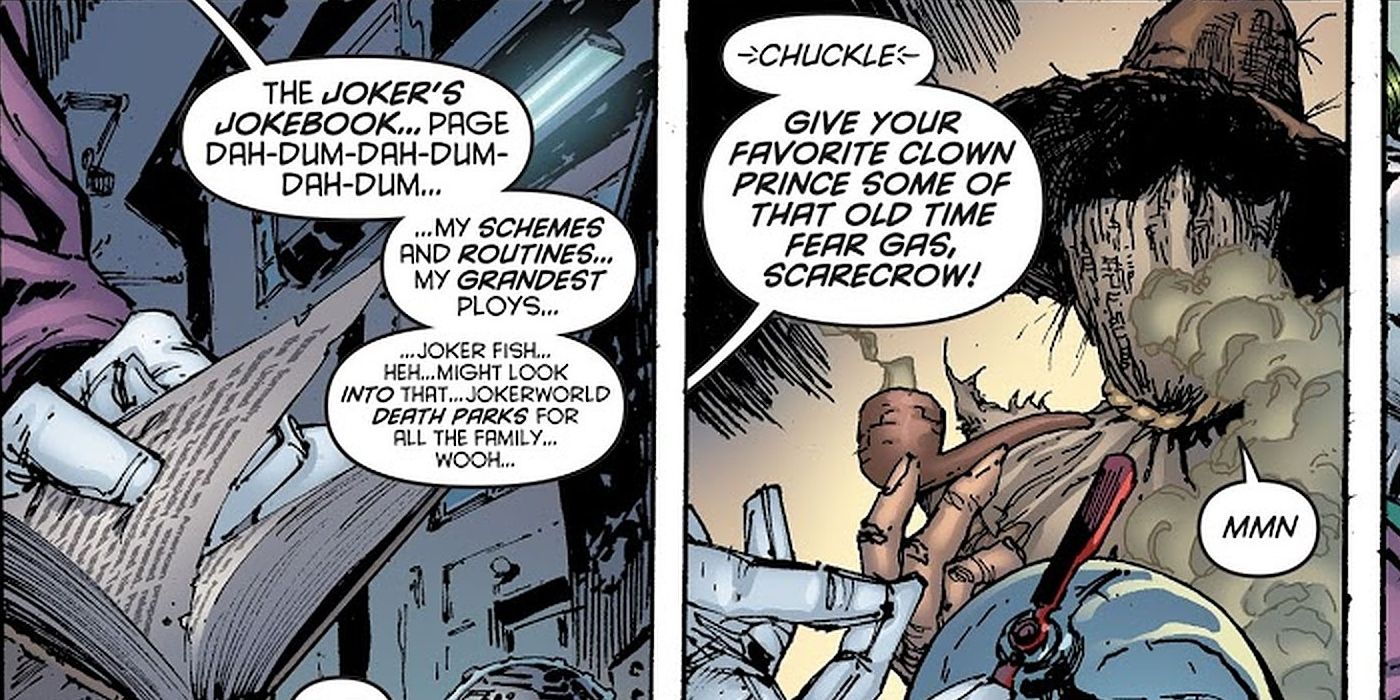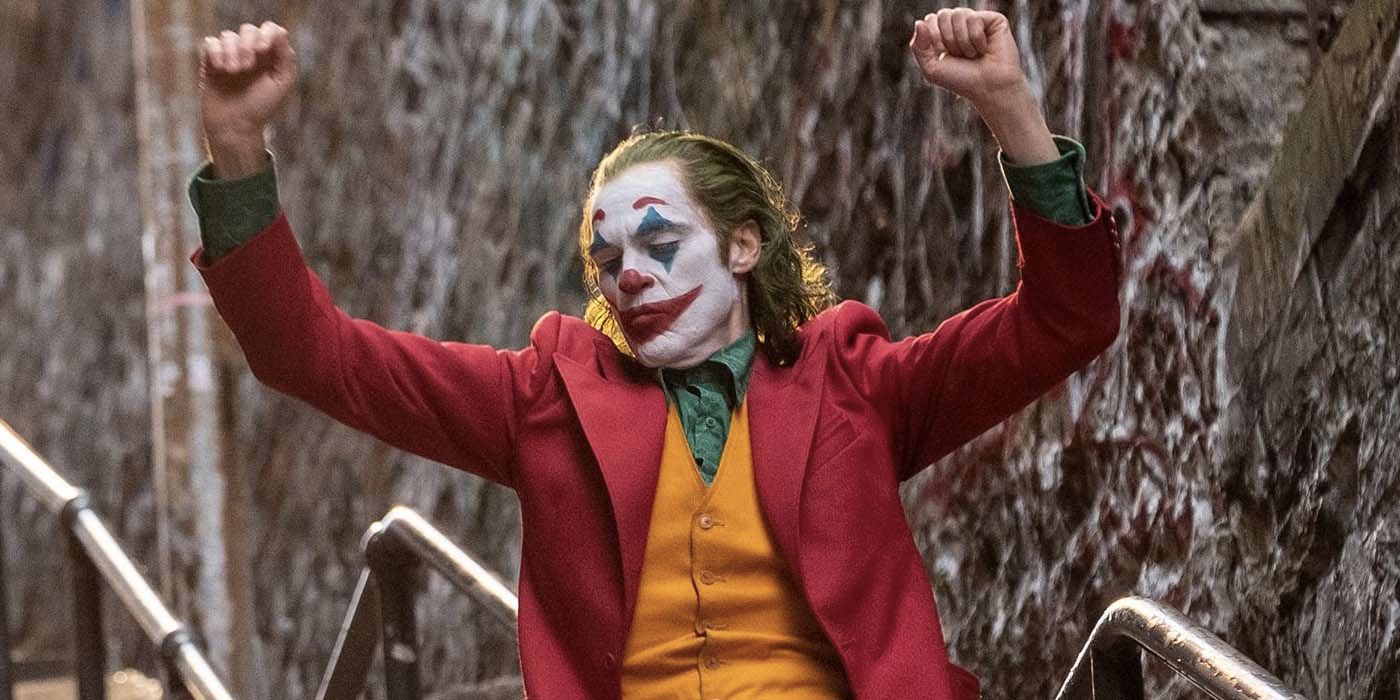Warning: The following contains spoilers for director Todd Phillips' Joker, in theaters now.
Like any good comedian, the Joker has a place where he works out his material. One of those places is his joke book, although the object only appears a few times throughout the comics. However, the joke book plays a major part in Joker, containing his attempts to craft jokes as well as his inner dark thoughts.
Take a look back at the history of the Joker's joke book, and how it differs from comic to film.
A Personal Diary
Early in Joker, Joaquin Phoenix's Arthur Fleck is shown attending state-mandated counseling. In addition to taking the pills he's prescribed for his conditions, Fleck is instructed to keep a journal. This way, he can record his thoughts and feelings in a place outside his head. Plus, it will allow others to observe them. Fleck reveals to the social worker on his case that he's turned the journal into his joke book where he keeps his ideas for stand-up routines and jokes. But the journal also contains other, darker thoughts.
The journal becomes a motif throughout the film. Brief glimpses at it reveal it to be full of dark writings and grim gags about death and suicide. Pictures of women, mostly nude, appear to have been crudely glued to the pages. Some of them even seem to be scratched out or cut apart. Some pages appear to consist of phrases repeated ad nauseam. Other pages seem to be scribbled out with a frantic pen. Arthur brings the book with him when he goes on stage, and he takes it with him onto the set of the Murray Franklin show. He even performs routines from the book on live television -- before he snaps, pulls his gun out and shoots Murray in the head.
The Last Joke Book
The Joker's joke book has appeared before, albeit in different formats. One version of it from 1988 was presented as a straight forward book of jokes called simply "Joker's Joke Book". Although the Joker has created various gadgets to help him enact his plans, they didn't usually get developed in any specific place. He's been shown planning out his plots like a comedian would rehearse his set, but it's rare that the physical joke book would appear.
However, the actual book made an appearance in Batman #700. The issue featured different versions of Batman from three different eras -- a young Bruce Wayne early in his career, the then-present day version of Dick Grayson, and the potential future where Damian Wayne inherits the title of Batman. The Joker's joke book becomes an important item in each time period.
The Joker used it to collect his "best ideas" in the past. After he and the other assembled villains were defeated, Robin and Batman took his joke book as evidence. It was eventually stolen and almost sold in a villain auction before Dick Grayson and Damian Wayne busted up the sale.
In the future, 2-Face-2 kidnaps a young Terry McGinnis and threatens to unleash a Joker Venom across all of Gotham if he isn't given the joke book. After bringing the book to the villain but then defeating him, Damian recounts how the original Batman tested every page of the book but in the end couldn't decipher it. The book had been written with a special invisible ink that only the mentally ill could comprehend. Deciding that the book is still dangerous and the world is already full of enough madness, Damian leaves it to burn along with 2-Face-2's base.
Things Are Getting Worse
The Joker's joke book is a simple but brilliant device, the perfect key to the mind of the Joker. In the visual medium of film, having a physical representation of the turmoil within the Joker's psyche is vital. Seeing the joke book become more and more demented works well for this purpose. The jokes within the pages begin to match his eventual persona, giving him an outlet to keep experimenting with as the film progresses. As time goes on, the drawings become more abstract and frightening and the jokes are written with a shakier hand. By the end of the film, Arthur brings it along with him onto live television and turns it into a prop piece for his stand-up "routine".
The concept has been utilized in comics before but never as effectively as it's used on the big screen in Joker. In the comics, it's more of a McGuffin for generations of heroes. Without the ability to easily explore the mind of the Joker with caption boxes or inner monologues, the film instead uses the joke book in combination with fantasy sequences to showcase his thoughts. It's a clever trick that should be included in more stories based on comics.
Directed by Todd Phillips, Joker stars Joaquin Phoenix, Robert De Niro, Zazie Beetz, Bill Camp, Frances Conroy, Brett Cullen, Glenn Fleshler, Douglas Hodge, Marc Maron, Josh Pais and Shea Whigham. The film arrives in theaters Oct. 4.




